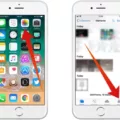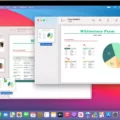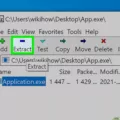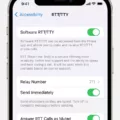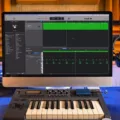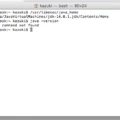Are you loking for a way to open the Crosh shell on your Chrome OS device? Crosh is a powerful yet simple terminal emulator that can be used to troubleshoot and customize the Chrome operating system. In this blog post, we’ll show you how to open Crosh on Chrome OS and what are some of the most commonly used commands.
To open Crosh on your Chrome OS device, press the following key combination: Ctrl + Alt + t. This will open up a new browser tab with Crosh in it. You should now be able to see a list of available commands and teir descriptions.
Once you have opened up the Crosh shell, there are several commands that you can use to manage and customize your Chrome OS system. For example, the “chaps_debug” command allows you to set the debug logging level for chaps, while “connectivity” shows your current connection status. Other useful commands include “experimental_storage” which enables or disables experimental storage features, and “screenshot” which allows you to capture screenshots of your screen without having to use any extra tools or software.
In addition to these basic commands, there are also some more advanced ones that can be used for more complex tasks such as setting up wireless networks or configuring settings for USB devices connected to your system. To learn more about these advanced commands, simply type “help” into the Crosh prompt and it will give you a list of all available options along with their descriptions.
Crosh is an incredibly powerful tool for managing and customizing Chrome OS devices. With it, users can quickly troubleshoot problems with their systems or make adjustments to settings without hving to access other more complicated programs or utilities. We hope this blog post has helped you understand how to open Crosh on Chrome OS as well as some of its most commonly used commands!
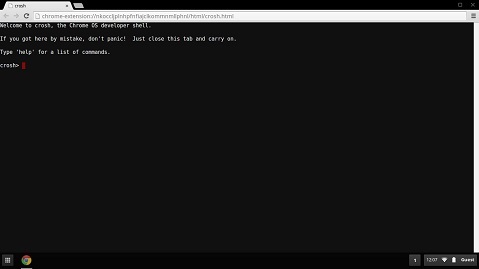
Opening Crosh in Chrome
Opening Crosh in Chrome is simple! First, open up your Chrome browser. Then, press the Ctrl + Alt + t keys together. This should open a new browser tab with Crosh ready to use. Crosh is a powerful tool that can help you troubleshoot common problems and customize your Chrome OS experience. Enjoy!
Commands Available in Crosh
Crosh is a command line interface found on Chrome OS devices that allows you to run several diagnostic and troubleshooting commands. The commands available vary depending on the device, but some of the most common include:
• chaps_debug [start|stop|] – Sets the chaps debug logging level. No arguments will start verbose logging.
• connectivity – Shows connectivity status.
• experimental_storage – Enables or disables experimental storage features.
• log [show|monitor] – Displays system logs or starts monitoring for new logs.
• netlog [start|stop] – Starts or stops the network event log.
• powerd_dbus_stress [start|stop] – Starts or stops powerd dbus stress testing.
• turn_on_dev_mode – Enables developer mode (must be used with caution).
• vpd_update – Refreshes VPD informaion from firmware.
• wifi [status|startscan] – Displays the current WiFi status or initiates a scan for available networks.
• ping – Tests latency of an internet connection by sending ICMP packets to a hostname/IP address and displaying results of each packet sent and received.
Does Crosh Work on Chromebooks?
No, Crosh does not only work on Chromebooks. While it is designed to be used with the Google Chrome browser, it can also be used on any other device with the same browser installed. This includes Windows and Mac computers, as well as certain Linux distributions. The main benefit of using Crosh on a Chromebook is that it has access to special features that are specific to Chrome OS, such as system commands and debugging tools.
The Basics of Crosh Shell
Crosh is a command line interface developed by Google for ChromeOS. It allows users to access and run commands, debug machines, or run tests in the terminal environment. With Crosh, users can access their device’s settings and system information, tweak their system performance, launch programs and applications, and more. It also provides access to a wealth of developer tools such as the Chrome Developer Tools package. Crosh can be opened by pressing ctrl + alt + T on the keyboard and typing “shell”.
Unblocking a Website Using Crosh
Unblocking a website using Crosh is relatively easy and straightforward. First, open Chrome and type “chrome://crosh” into the address bar and press enter. This will open up the Crosh Shell, which is the command line interface for Chrome OS. Next, type in “net-unblock-site [site name]” where [site name] is the URL of the website you want to unblock. For example, if you want to unblock YouTube, type in “net-unblock-site www.youtube.com”. Once you have entered that command and pressed enter, Chrome should no longer block access to that website.
Exploring the Capabilities of Crosh
Crosh is a powerful tool for troubleshooting Chrome OS devices, giving users access to a variety of Linux-style commands. You can use it to view detailed system information, monitor network traffic, test hardware components, and more. It’s also a great way to explore the iner workings of your device. Some of the more interesting things you can do with Crosh include:
1. Viewing detailed system information, such as CPU and memory usage, network information, and installed applications.
2. Running automated tests on hardware components such as the keyboard and touchpad.
3. Monitoring network traffic with commands like netstat and ping.
4. Customizing your Chromebook with commands like sudo powerd_test set_sched_properties –sched_idle_granularity=250 .
5. Troubleshooting common issues by viewing logs or checking system settings.
6. Installing Linux applications from the command line usig Crostini (a feature that lets you run Linux programs on Chrome OS).
7. Debugging web pages or running custom scripts using JavaScript or Python in the terminal window.
Finding My Crosh Password
To find your Crosh password, first connect to the WiFi network that you wish to locate the password for. Once you are connected, press Ctrl+Alt+T on your Chromebook keyboard to open up the Crosh shell. In the Crosh shell, type in the command “more shill/shill. profile” and press enter. This will display all of your saved WiFi credentials including your Crosh password.

